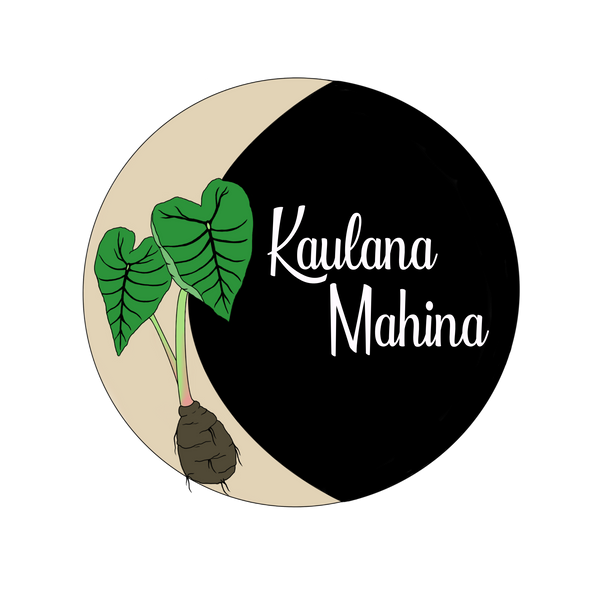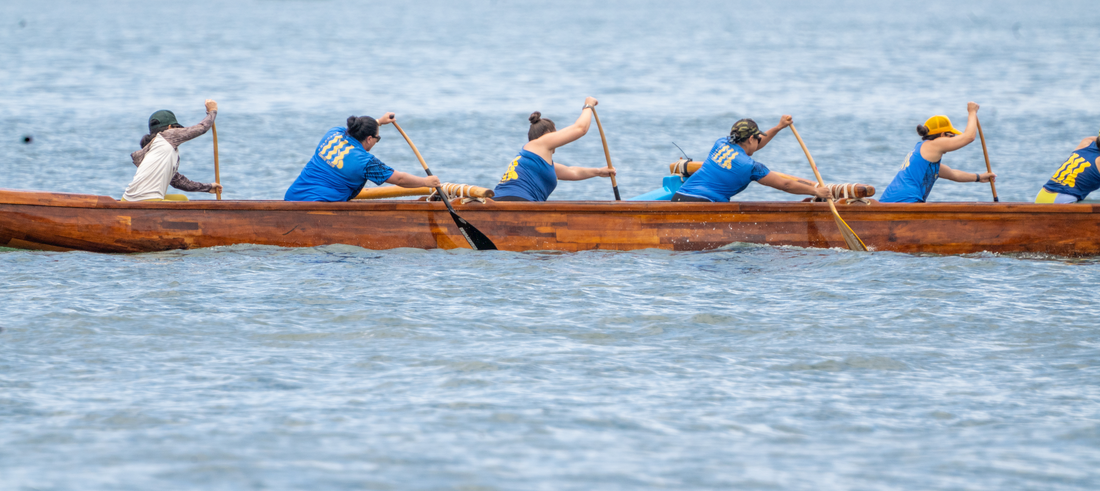Aloha kākou and welcome back!
Okay, no, this still isn’t a YouTube channel—but if it was, this would be the episode where I convince you that tides are way cooler (and more important) than you thought.
Most people think tides are just for surfers or fishermen. But here’s the truth: if you live near the ocean (which, hello, is basically all of us in Hawaiʻi), tides matter. They can tell you when it’s safe to swim, where the reef is exposed, when certain fish are biting, and even why the moon has everything to do with your beach day.
What Causes Tides, Anyway?
Here’s the science class version you might remember:
Tides are caused by the gravitational pull of the moon and the sun on the Earth’s oceans. The moon is closer, so it has the bigger effect.
Each day, we experience two high tides and two low tides because of how the moon’s gravity pulls water toward it (that’s one bulge), and another bulge forms on the opposite side due to inertia. As Earth rotates, different areas pass through these bulges—voila, tides!
When the moon and sun are aligned (new moon or full moon), their gravitational forces combine to make bigger tidal swings (called spring tides). When they’re at 90 degrees (first and last quarter), their forces cancel out a bit, creating smaller tidal ranges (neap tides).
But here’s where it gets juicy…
The Hawaiian View of Tides & Mahina
Our kūpuna didn’t just memorize tide charts—they lived them. Their knowledge came from generations of kilo, or deep observation. And instead of just eight moon phases, they recognized thirty—with specific insights tied to fishing, planting, and ocean behavior.
Let’s look at a few moon phases and how they affect the tides:
• Muku, Hilo, Hoku, Māhealani: These are powerful moons with stronger tidal swings. You’ll see lower low tides and higher high tides around this time. If you’re going reef fishing or picking ʻopihi, this is when you want to go—but only during low tide. Times like these expose the reef more, making it easier (and safer) to gather, as long as you’re watching the waves.
• ʻOle Moons (ʻOlekūkahi to ʻOlepau): During the ʻOle moons, there’s still a tidal shift, but it’s not as drastic. The gravitational pull of the moon is starting to balance out with the sun’s, and the tides won’t move as consistently every six hours. Instead, they can become unpredictable. If you’re fishing, this might be a better time to do deeper water fishing or focus on planning and preparation.
What About Surfing?
Here’s where it gets real for all the wave chasers.
• On low tide, the water pulls back, which can expose sharp reef and make the wave break faster and more hollow—sometimes epic for advanced surfers, but sketchy for beginners.
• On high tide, the water is deeper over the reef, which can make the wave softer, slower, or sometimes even too mushy to catch, depending on the break.
So timing your surf sesh with the right tide is key—and yes, the moon is calling those shots.
Why You Should Care (Even If You’re Not a Fisherman or Surfer)
Here’s why this still matters:
• Safety: Knowing when tides peak or drop can protect you and your keiki at the beach.
• Connection: You start to feel more tuned in with the ocean, the land, and your kūpuna.
• Practicality: Whether you’re planting, fishing, paddling, or just planning a beach picnic—you’re going to be affected by the moon, whether you realize it or not.
Wrapping It Up
So tides aren’t just background noise—they’re part of a larger rhythm that our kūpuna understood well. They paid attention, they observed, and they knew when to act and when to wait.
Next time you’re at the ocean, ask:
What moon is it?
What are the tides doing?
What would my kūpuna say about today?
Until next time, a hui hou—and don’t forget to kilo.

